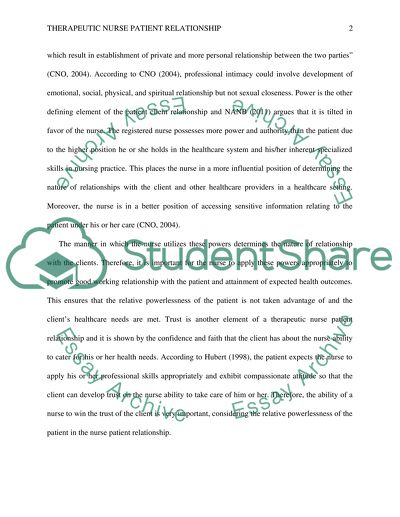Cite this document
(“Therapeutic Nurse Patient Relationship Essay Example | Topics and Well Written Essays - 1500 words”, n.d.)
Retrieved de https://studentshare.org/nursing/1454486-critically-analyse-the-meaning-and-application-of
Retrieved de https://studentshare.org/nursing/1454486-critically-analyse-the-meaning-and-application-of
(Therapeutic Nurse Patient Relationship Essay Example | Topics and Well Written Essays - 1500 Words)
https://studentshare.org/nursing/1454486-critically-analyse-the-meaning-and-application-of.
https://studentshare.org/nursing/1454486-critically-analyse-the-meaning-and-application-of.
“Therapeutic Nurse Patient Relationship Essay Example | Topics and Well Written Essays - 1500 Words”, n.d. https://studentshare.org/nursing/1454486-critically-analyse-the-meaning-and-application-of.


